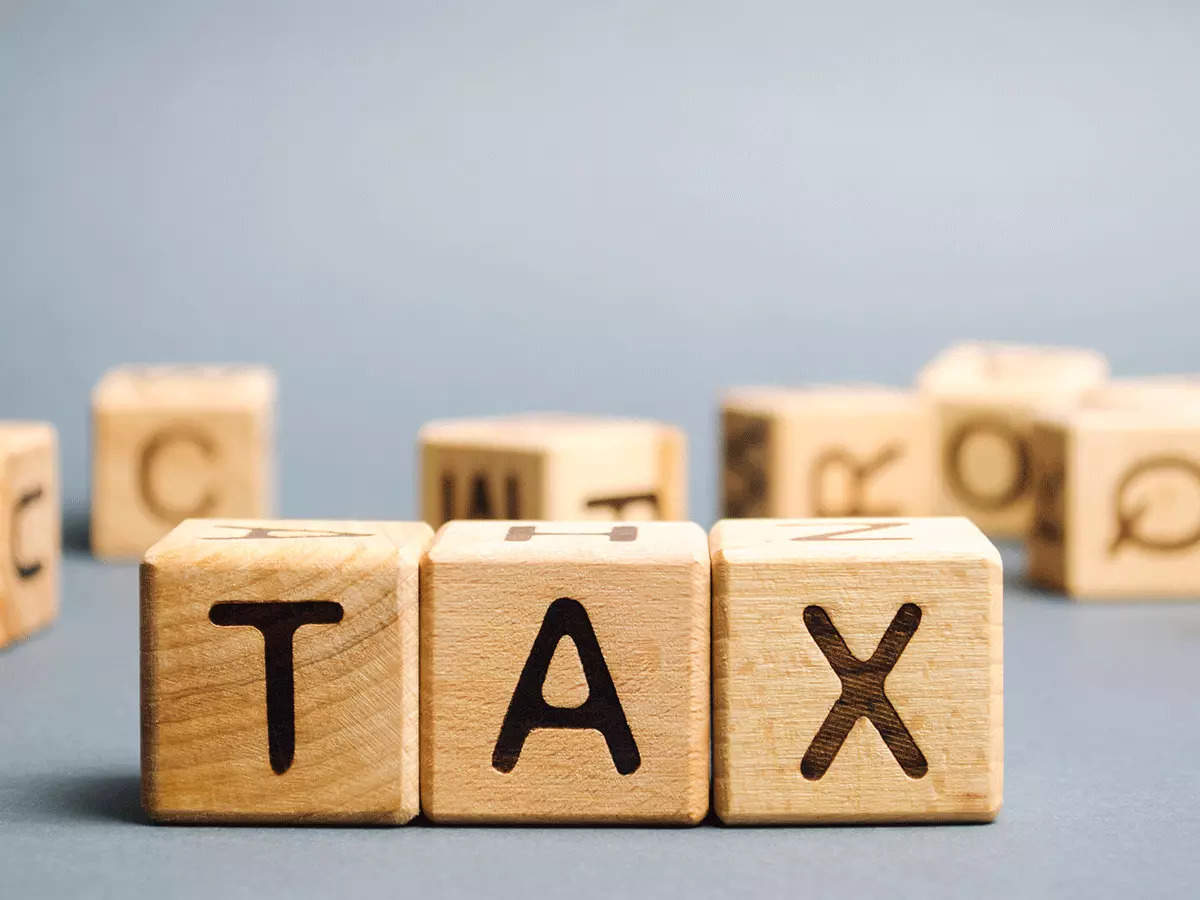Towards the end of last month, on the 28th of March, 2022, the Department of Treasury released the Fiscal Year 2023 Revenue Proposal, popularly known as The Green Book. The document presents a series of suggested tax policies aimed at increasing revenues, improving tax administration, and making the tax system more equal and efficient.
If implemented as planned, numerous important rules in the proposal will have a direct impact on the trading and lending markets for digital assets.
Table of Contents
High-Income Taxpayers
Three key tax policy changes are included in the plan, all of which are aimed at high-income earners in the United States.
Taxable Income of More than $450,00 or $400,000
Initially, the top marginal of the crypto tax rate was 37%. This margin has now been moved to 39.6% and will be effective by December 31, 2022. This higher marginal rate would apply to the following:
| Tax-Filing Category | Taxable Income |
| Married taxpayers | More than $450,000 |
| Single taxpayers | More than$400,000 |
If your total taxable income is within these limits, your short-term cryptocurrency profits and other sources of crypto income will be taxed at a higher rate.
Short-term profits are incurred on selling digital assets such as NFTs and cryptocurrencies, within one year of buying. The taxes will also be applicable if you have earned crypto as a source of income from mining or staking.
Taxable Income over $1 Million
Initially, long-term capital gains were taxed at a lower rate than regular income. However, the second proposal suggests taxing long-term capital gains at a higher rate for taxpayers with taxable income over $1 million.
Let’s take an example. Suppose your total taxable income is $1.5 million, long-term gains in excess of $1.5 million will be taxed at a substantially higher regular crypto income tax rate than the current threshold of 20%.
Taxable Income over $100 Million
Moving on to the third and perhaps the harshest crypto tax rate suggestion.
The document’s third suggestion is a 20% minimum crypto tax rate on the total income for those earning more than $100 million.
What does it mean by total income? Your total income would be your regular taxable income, such as investments and salary, as are any unrealized capital gains on assets you own.
Digital Assets
Four particular tax policy modifications for digital assets are included in the proposal. Let’s take a look at the three measures that directly affect taxpayers.
Bitcoin Lending
Here’s good news for taxpayers who engage in lending activities.
As long as certain requirements are fulfilled, the Treasury hopes to make crypto loans out of any tax obligations. This is similar to loans based on equities and securities.
Digital Assets on Foreign Exchanges
The Greenbook would enable brokers (including U.S. digital asset exchanges) to submit information on major foreign owners of passive businesses as part of an enhanced information reporting framework.
Why was this proposal brought in? This proposal for data collection aims to make the Treasury’s automated information sharing with partner countries and the reception of equivalent information about U.S. taxpayers from such jurisdictions easier.
Bitcoin Day Trading
The next tax policy change affecting digital assets will affect bitcoin day traders. The Section 475(f) tax election has been a taxpayer-friendly option for aggressive day traders of equities.
Day traders can mark to market their holdings at year’s end and this permits them to deduct a huge amount of losses, bypassing the $3,000 yearly capital loss deduction threshold that ordinary taxpayers face.
Crypto Exchanges
The final cryptocurrency strategy is intended for crypto exchanges in the United States. To successfully combat offshore tax evasion, US tax authorities rely significantly on the information given by foreign financial institutions and governments on accounts held by US citizens in other countries. This system’s success is strongly reliant on mutuality.
Regulators can detect bad actors who use offshore tactics to dodge taxes because of this continual information exchange.
The Way Ahead
Excluding the regulation requiring US exchanges to publish foreign account holder information, which is set to take effect after December 31, 2023, all of the above recommendations would take effect after December 31, 2022.
According to Treasury forecasts, between 2023 and 2032, these digital asset-specific laws will collect around 11 billion in tax income.
FAQs
1. What are digital assets?
A digital asset is something that is digitally recorded and individually recognized, and that organizations may utilize to generate value. For example, cryptocurrency, NFTs, and others.
2. What is the Treasury Green Book?
The Green Book is a document that presents a series of suggested tax policies aimed at increasing revenues, improving tax administration, and making the tax system more equal and efficient. Towards the end of last month, on the 28th of March, 2022, the Department of Treasury released the Fiscal Year 2023 Revenue Proposal, popularly known as The Green Book.
3. How have the new guidelines affected Bitcoin lending?
According to the Fiscal Year 2023 Revenue Proposal, as long as certain requirements are fulfilled, the Treasury hopes to make crypto loans out of any tax obligations. This is similar to loans based on equities and securities.








